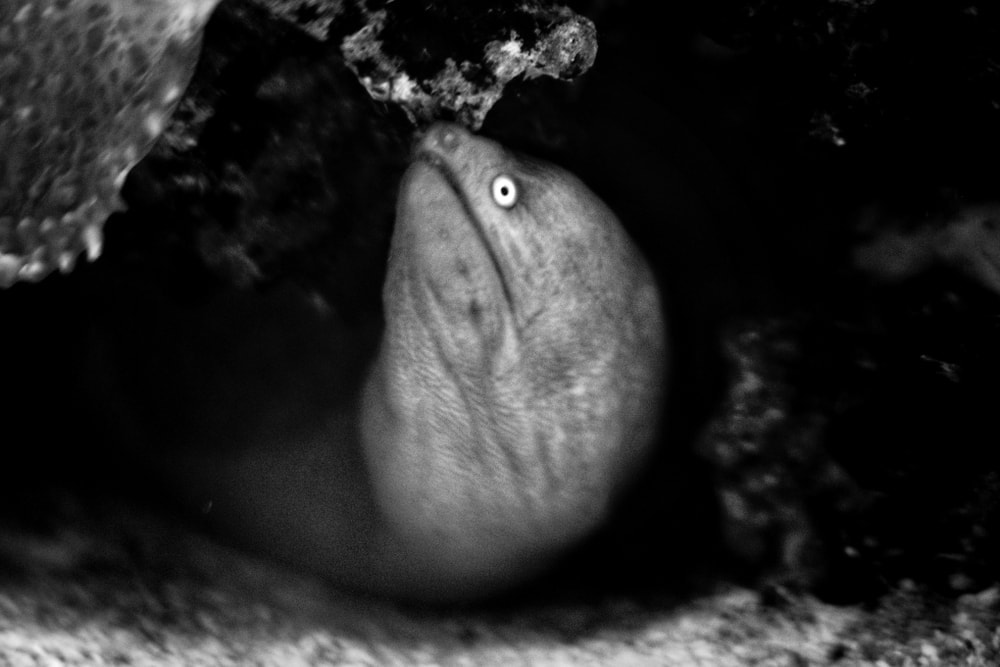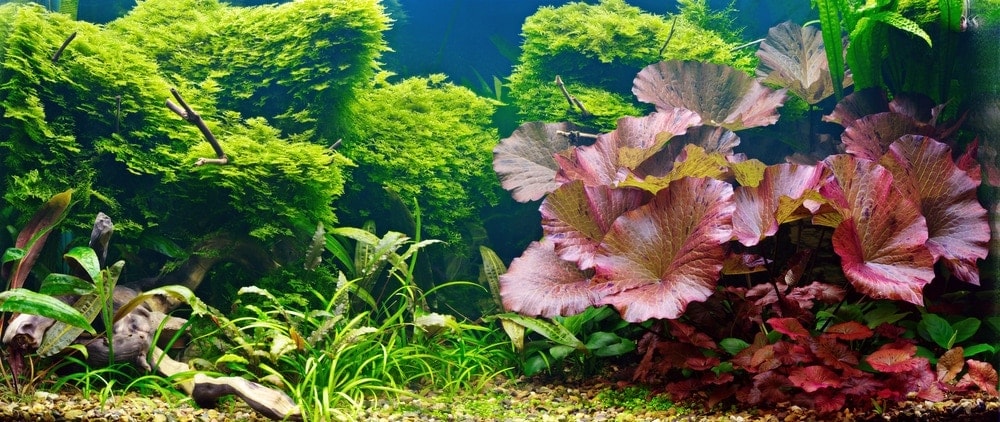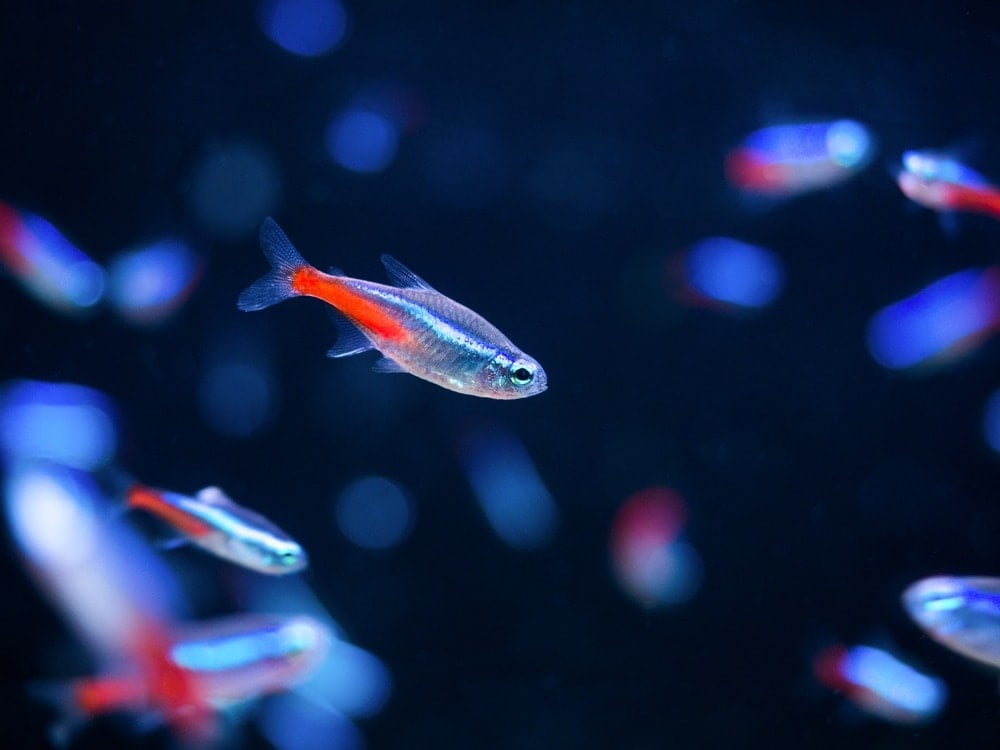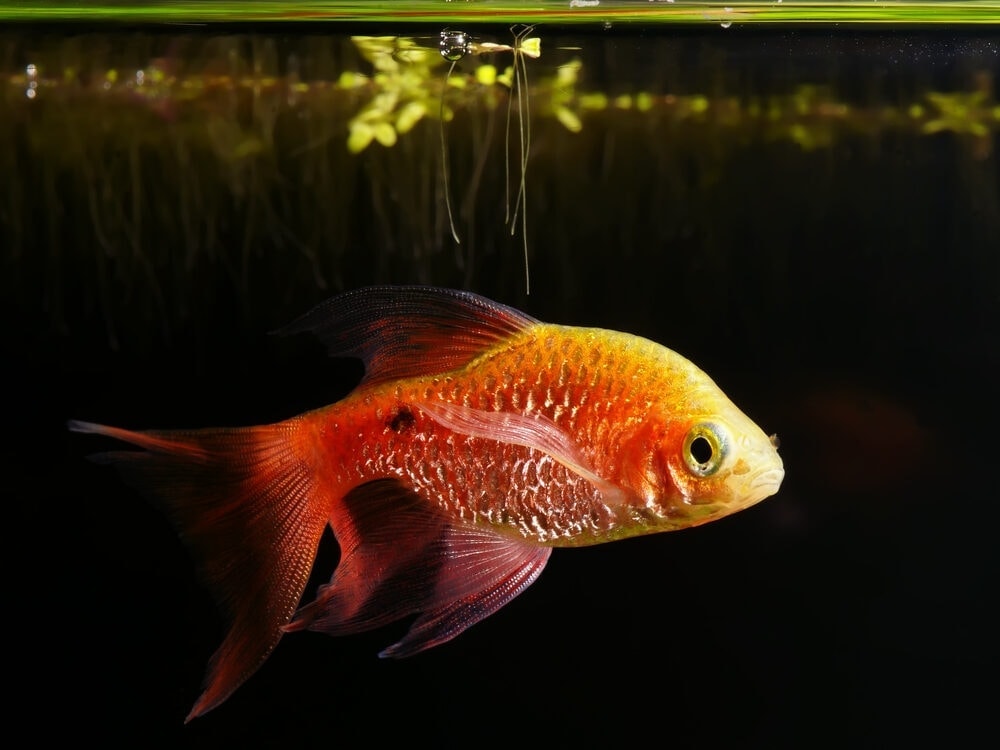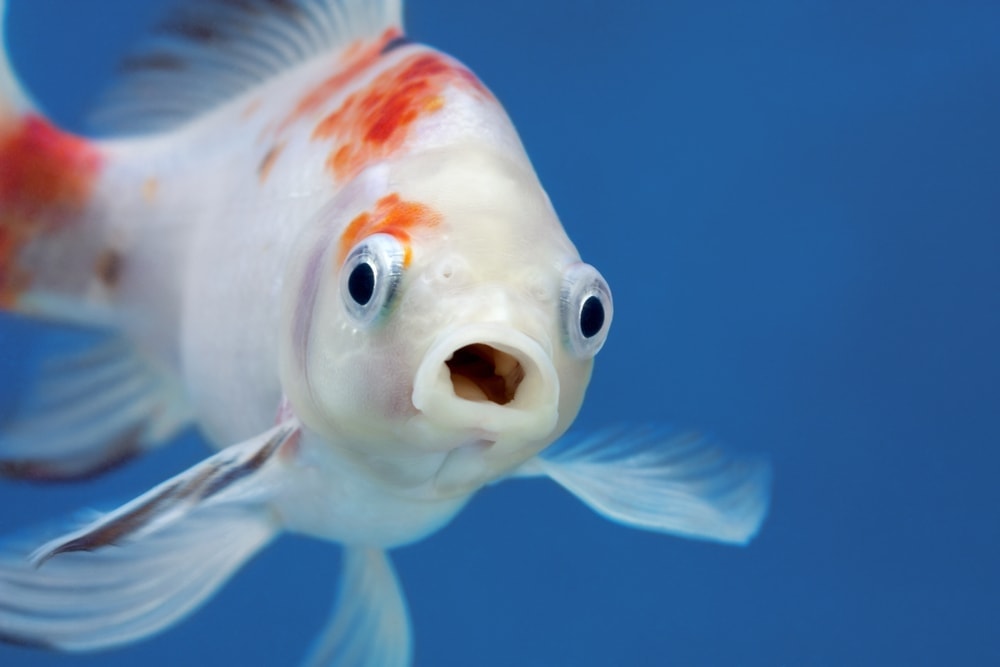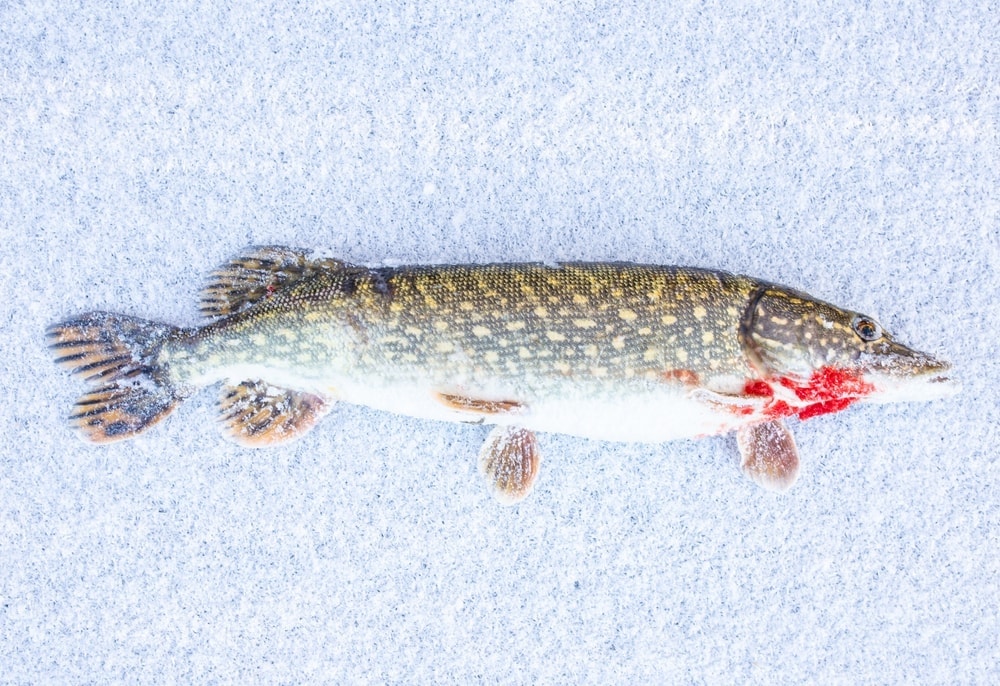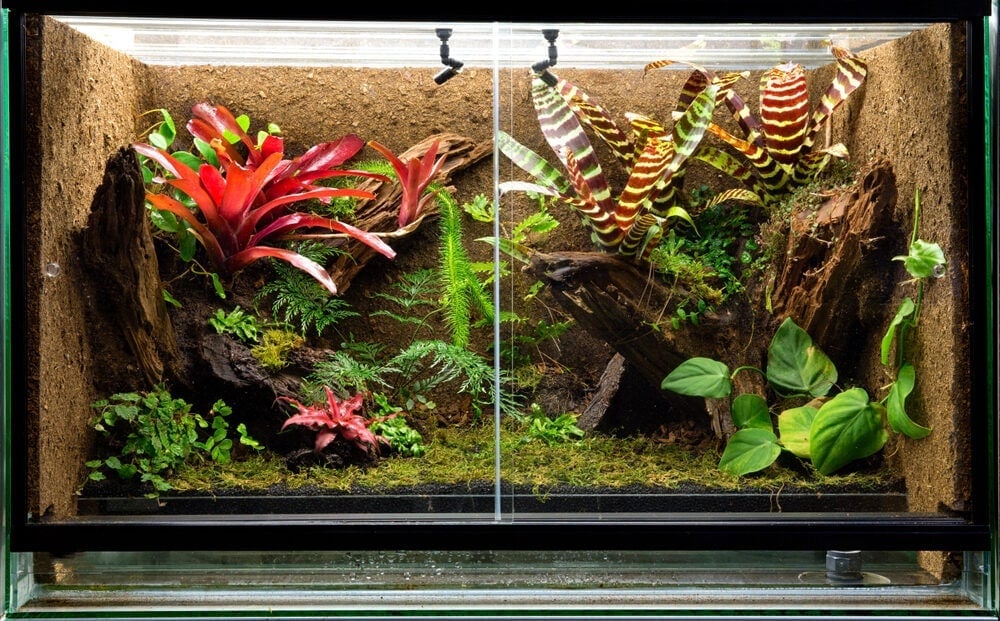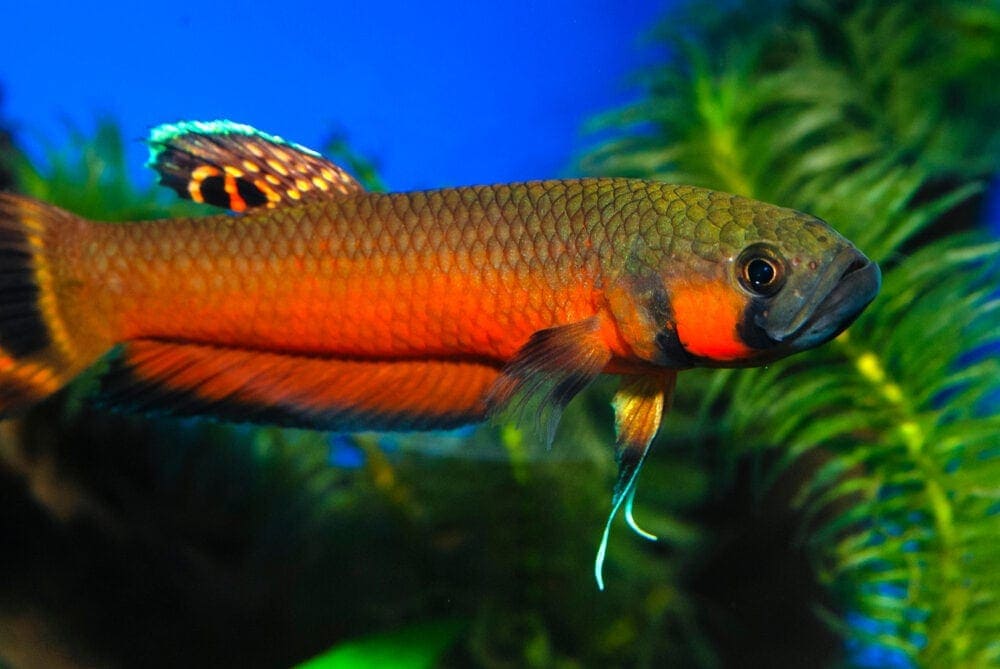When compared to fish, eels haven’t been so prevalent; many people would keep a species only tank of different types of fishes, crabs, or a community tank with a combination of different types of aquatic animals excluding the eel.
The problem with keeping eel in a community tank is that they feed on the small fishes and that is why it is best to keep them in a species only tank or pair them with big fishes.
The general characteristic of eels is that they have good sight and breathe by allowing water into their gills. Eels are elongated fish and are by nature predators; they are available in about 800 species; among the large varieties of eels there are those that are edible and are eaten by humans, for example, the European eel is a delicacy in Europe and in the United States.
So before you adopt an eel for your aquarium, it might interest you to know that they tend to grow very big, thus the need for a large tank. Important to note also is that not all the 800 species of eels are suitable for keeping in a home aquarium; a good number of them do well in salty water but can also thrive in freshwater aquarium.
Different Freshwater Aquarium Eels Types
1. The Electric eel
The Electric eel is a no joke type of eel unless you want to get electrocuted; electricity in their body is produced via three organs with the main one being the sach’s and the hunter’s organ. The eel is thus able to produce both high and low voltage electric discharges. With the above information, it would be best if the eel was adopted by professionals in the aquarium industry.
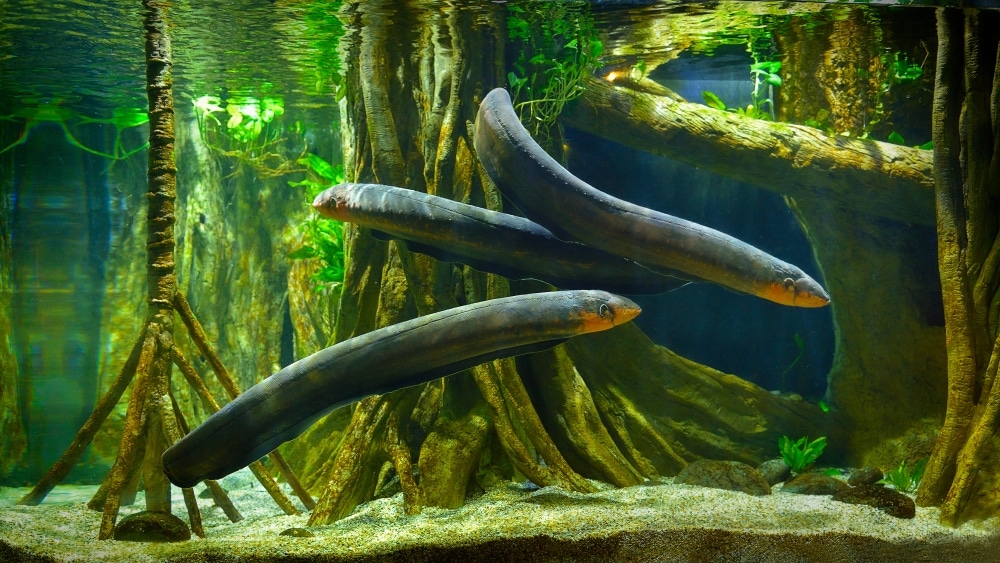
Tank Requirements
The Electric eel obtains its oxygen by rising to the surface of the water every ten minutes, which means that you should leave enough space at the top of your aquarium. And because of their ability to grow up to 5 feet long a 200-gallon tank will suffice, but as the elongated fish grows prepare yourself to get a bigger tank.
Feeding
You will need a soft substrate for the eel to burrow, bogwood and rocks can also be incorporated for the eel to hide. The adult eel feeds on fish and small mammals like the rat, while the hatchlings feed on embryo and eggs, while the juveniles nourish their bodies with crabs and shrimps.
2. The Zig Zag Eel
If you decide to keep the zigzag eel in your aquarium brace yourself for a long term commitment because the eel will have you committed for a good 18years. For any of your aquarium dwellers to thrive and not survive, it is mandatory that you replicate their natural environment. So while in the wild the zig-zag eel will be found in areas with rocky or sandy riverbeds, and a good number of plantations.
Tank requirements
Zigzag eels love to dig in substrate, so it would be best to offer them soft substrate. A good accommodative tank for a 6-inch eel, should measure 91cm and contain at least 132 liters.
Feeding
Zigzag eels feed on insect larvae, plant material, black worms and earthworms all of which can be provided while in captivity. And for optimum nutrient, you could offer them some brine shrimps, ocean planktons, mosquito larvae and the tubifex worms.
Compatibility
The zigzag eel can be combined with the gouramis, loaches, acaras, eartheaters, the danios, and the knife fish. You also, need to be careful about the size of fish that you incorporate in the zigzag eel tank because the small ones will be swallowed as soon as they arrive.
3. Half banded spiny eel
The half banded spiny eel are nocturnal, and though peaceful and shy they will comfortably feed on any fish that fits into their mouths. They do come with 18 years of lifelong commitment, so if you know you are not in on the long term just keep of them. Whenever you plan on adopting an eel, you have to know that you will invest in two or more tanks depending on how big the eel can grow.
Tank size
For the small half banded spiny eels, you can invest in a 10-gallon tank, one that is about 10 inches long. And for the big eels, a big tank area is necessary; a 35-gallon tank should thus suffice for an adult eel, with 36 inches when it comes to tank length.
Feeding
For the half banded spiny eels, it can be trained to feed on both the live and freshly frozen foods like the earthworms, blackworms, brine shrimp and Bloodworms.

Compatibility
Since you could train your eel to feed on live food, it may very well confuse small fish with food and that is why it is best that you keep them with large or medium-sized fish because they can barely fit into their mouths.
4. The peacock eel
When you hear peacock you know that whatever is being mentioned is a thing of great beauty, and that is what you should expect with the peacock eel. The peacock eel does have some very unique and attractive markings which resemble that of the peacock.
Peacock eels are very peaceful with fish of the same temperament, therefore, when you pair them with fish that are less aggressive then you should be checking to ensure that they are not bullied by the peacock eel.
Feeding
Peacock eels are nocturnal and thrive on insect larvae, a good diet would comprise of both live and fresh frozen foods like the earthworms, bloodworms and the black worms.
Tank size
Eels in generall do grow big in size, and you should thus have plans for getting a bigger tank in future, for the small peacock eel you will thus need a 20-gallon tank and one that is 61cm long. Peacock eels are also good escape artists and will take off when the opportunity presents itself, so be sure to invest in a tight-fitting lid.
In general freshwater eels should be able to thrive in soft or medium water that gets enough oxygenation. Invest in a dim led light as they don’t love too bright a light. Eels hide most of the time either in the aquarium decoration or in the substrate in your tank. You should, therefore, provide a fine or sandy substrate
